|
We're all so used to be able to turn on a tap and get as much water as we want... Clean, ready to drink, and in plentiful supply. Our main complaint is usually that it doesn't taste very nice in certain parts of the country. However, we're not on mains water supply, neither are any of our neighbours, or many of the rural properties in this part of Wales. We all rely on springs, wells, streams and lakes. Normally this isn't a problem, this is Wales, water is one thing we have in plentiful supply, it's one of our biggest exports. If you live in western England then part of your supply probably comes from Welsh reservoirs. Then this happened... a miserly 2mm of rain in 3 weeks. Streams started emptying, springs ran dry. Normally reliable water supplies no longer existed. Luckily, we seem to have a spring that is well supplied, and thankfully we never ran out water. Though thankfully we fixed our leaky pipe in early June... Our water supply system is old, and for a long time we'd had a very damp patch in the garden. We presumed it was a spring, but when all the other damp patches in the garden dried up we did some investigating. The copper pipe that brings the water to the house had developed a huge hole... It's now all replaced with brand new plastic pipe, that doesn't leak, and will last a very long time. This is the marsh that supplies our water. Under all this reed grass are 2 plastic pipes with holes in them. The water seeps in and runs in to a collecting tank. At this stage it's still swamp water, but underneath the deposits that have built up over decades the water is actually remarkably clear and clean. Even better, despite the dry weather, it's still running! That trickle provides our water supply. Enough water for 3 adults to do all their household activities, and for me to run a dyeing business. Pretty incredible really. From that collecting tank a pipe runs downhill. This photo really gives a sense of how steep the valleys are in this part of Wales. The storage tank is just visible; the wooden fencing to the left of the green bush. This tank holds our water supply, it means that we can do all the normal daily things, even though the water is only a trickle. The tank empties during the day, then overnight fills back up again. We upgraded the old 1000L tank with a 2500L tank a few years ago. The old tank now sits in the garden so we can water plants in dry weather. This big tank is set up with an overflow system. In winter a pipe takes the water back to the stream that the spring normally flows in to. In summer we can bypass that system, and bring the overflow directly down to the garden. Even throughout the dry spell we've had a trickle of water much of the time that we've been able to use to keep things alive, and ensure the fruit bushes still crop. From that tank, another pipe flows down to the house (this is the one we replaced this year), and it gets cleaned and filtered. (the blue pipe in the photo is the overflow going to the stream) A UV light kills all the bacteria and viruses, and there's also a pH filter to clean out any sediment, and to lower the pH. Our water is naturally around pH 6, and will slowly dissolve all the copper pipes in the house if it's not raised. The water is also very rich in iron (that's what the black deposits are on the side of the collecting tank). Our kettle doesn't fill up with limescale... we get iron-scale!
All of this is why I rarely dye to a recipe, particularly for complicated colourways. Our water supply can be incredibly variable. During the dry weather is was noticeably more acidic, and had more mineral content as the water was running through the soil more slowly. When we get a heavy spell of rain (like the 2 inches that have fallen over the weekend) the water becomes cloudy with mud. All these things change how the dyes behave, it's generally ok for very simple solid colours, but the ones that rely on complex colour interactions... just don't play ball when I dye them at different times of the year! The local area is dominated by 2 estuaries. The poke a relatively long way inland, which makes travelling up the coast a bit of a pain, because there are no road bridges over them until a long way up. Those estuaries used to be really important. They provided a route to the sea, so were ideal for getting goods out of Wales. It was a sign of the priorities of infrastructure during the Victorian era that both these estuaries are crossed by rail bridges. A trip along the Cambrian Coast Rail Line is a beautiful way to see this part of the world. Dyfi Osprey Project wrote a lovely post on Facebook earlier this week about the bridge that crosses over the Dyfi below Machynlleth. In order to keep local ship builders happy the bridge featured a draw bridge, allowing masted ships to sail out to sea. Yesterday I was up at the Mawddach estuary, the next river mouth along the coast, which features a similar bridge. You can walk across this 150 year old wooden bridge (or ride a bike along it). We were there geocache hunting... and had to wait for the tide to go out. Leaving us some lovely warm pools to splash about in.
After a busy couple of weeks I decided it was time for a bit of a break. There's been lots of dyeing, lots of behind the scenes admin, and it was time to go and breath some fresh air. It's tempting to say this landscape is wild, but its not. That funny lump in the middle of the grass is a conifer seedling that's escaped being eaten by the sheep. The conifer plantation is just over the hill, and is very much a man made addition to the landscape. Then there are the sheep, the hillsides round here have been shaped by generations of grazing, and even at such low stocking densities they have an impact. This is looking out at The Rhinogydd, and in the far distance we could just spot Snowdon. We were only out for the morning, and you can see the weather front we were aiming to avoid rolling in from the coast. The air up here is incredibly clean, we're a long way away from any major cities and roads, so the lichen covers the walls and trees. The dogs love these hilly walks, and enjoy bounding through the long grass, tussocks, and marsh far more than their humans. Gwen surveyed all she could see... and then spent the afternoon pinning me to the sofa while she slept off her exertions!
I am very much not the first person to say so, but this autumn has been a stunner for some beautiful colour. The forests around us are either very boring commercial conifer plantations, or very ancient woodland, with a beautiful diversity of broadleaf trees. Every day has been a real treat looking out of the window. We did a Geocache circuit that goes from Cymer Abbey along the Mawddach River. Not a very long walk, but pretty to look at, and with some hard to find caches to hunt for. Of course, it being Wales, there were sheep. Mules (cross breeds) of some sort , judging by the size, cropped tails and general appearance. It was tupping time, and in every field there was a ram or two wandering around making a nuisance of himself. Hence the very highly coloured sheep, they use raddle on the rams chest , so he marks the ewes when he mates them. This particular ram looked like he'd been swamp wading, but was a very magnificent specimen. This ewe was enjoying a good scratch on this branch, itching the back of your neck must be tricky if you're a sheep. Now this one I do know... it's a Torddu (pronounced Tor-thee) which is the white form of a Welsh Badgerfaced sheep. It was the only one in the field amongst a flock of white mules, and having a very nice time eating things growing at the base of the drystone wall.
Not, I hasten to add, to get married. The countryside round here is filled with small chapels. Many locals were Methodists, and going to l chapel regularly was a key part of life. Of course there were far more people in the rural communities 150 years ago, when all the labour was still done by hand. As a result many of those chapels are now slowly disintegrating. This one has become a farm building, and is used each winter to store hay. When the hay is removed however the inside is stunning. A beautiful shade of turquoise with some lovely stencilling, not at all what you expect from a Methodist chapel in a remote little valley.
Each and every single fleece is graded by a specialist. It takes 5 years to train how to sort wool to the standard required. Once the wool sheets have been unpacked and graded the fleeces are stacked in to these blue bins. When a bin is full it's loaded up in to the red machines in the background, and they compress the wool in to the giant green bales in the background. It's these that are sold in the global auctions, each containing a huge number of fleeces. We're a hill farming area, so unsurprisingly there were a lot of coarser fleeces, but mixed in were some real treasures. Our fleeces were donations, so we were quickly ushered past the BFL bins, they're too valuable to give away. I don't think we did too badly though... This was a bit full of beautiful Welsh Mule Hogg fleeces (i.e. the first shearing of last years lambs). A mule is a sheep from crossing a BFL Ram with a Hill Breed Ewe, and if you can get a fleece from a young sheep like these then the fibre is really stunning. We also collected a few more breeds that are typical of the area. These are now all washed, and displayed so that people can handle real wool, and see what it feels like. The depots are open to the general public, and if you go for a visit explaining you're a hand spinner you're in for a real treat. Probably best to ring first and check it's a convenient time, and if you get a group together you can often get a guided tour.
In the Newtown depot there was even a bin of coloured Shetland pulled to one side specifically to sell to hand spinners who call in, as the depot manager knows he can get a better price that way, because coloured wool isn't generally wanted by the large scale commercial buyers at auction. Well despite my pessimism the wren has incubated her eggs, not been eaten by a rat, and has 4 very cute chicks! Baby birds are my real weak spot, a friend was showing me kitten pictures which leave my heart utterly unstirred, I'd much rather look at photos of these beauties! They're already so much bigger than when they first hatches a couple of days ago. At that point they were featherless, and their eyes weren't open. They grow very quickly, and it won't be long until they fledge. It's already a tight fit in the little nest. The parents have been busy flying back and forth feeding them, it's a wonderful distraction while I'm dyeing. They're utterly un-phased about being surrounded by human activity. We have to walk past the nest regularly, when the female was off the eggs she'd just fly off and come back as soon as we were out of the way. It's meant I can take these lovely closeups providing I'm quick about it.
As for the House Martin nest, who knows. In theory we're just coming in to the window where eggs might be hatching, but in comparison to the frenzy of activity whilst they build the nest it goes very quite while the eggs are being brooded. I'll only know if they're bred successfully when I start seeing them flying in and out of the nest feeding the young. It seems that everywhere you look around the garden there's a nest appearing! Remember the House Martin nest from two weeks ago? Well nest number 2 that they were building in the video also fell down, but practise really does make perfect because by nest 3 they have cracked it! I'm particularly taken by the decorative grass seed head sticking out at a jaunty angle! The House Martins aren't alone either, this morning we made this spot... On the top of one of the oak beams that came out of the barn when it was renovated, a tiny nest! I can actually see the nest through the back window of the caravan I use as a dye studio, so when the female came back I could spot it was a Wren. Normally they're incredibly secretive birds, but this one has built it's nest in a really busy spot. We walk past it on a daily basis to get round the back of the workshop, and I'm crashing about in the caravan regularly... Who knows if those eggs will hatch, let alone if the chicks will survive. The birds built the nest there knowing our activities, and have been laying an egg a day with us moving around the nest. The nest itself is absolutely beautiful. A collection of moss, dry grass, sheeps fleece and dog hair combings. Inside are 4 cream and brown speckled eggs. I couldn't make the camera focus on the eggs and not the edge of the nest, and didn't want to spend too long taking a photo. It's a warm day, but the eggs will chill quickly without the female sitting on them. In a couple of weeks there might be some cheeping chicks to keep me entertained while dyeing.
A few nights ago, I went out to put the chickens to bed. As I left the house through the top door that leads on to the deck, and straight on to the garden (the house is set in to the hillside) I noticed there was a lot of mud in the doorway. I shrugged it off, put it down to the dogs and didn't think too much of it. As I came back in to the house I happened to look up, and spotted 3 House Martins perched on a part built nest. The next morning they were busy flying backwards and forwards with beaks full of mud, and kept me very amused. That afternoon I planned to get the camera out and film them, however, whilst I was eating lunch on the deck, disaster! With a slumph, and a splat the half built nest fell completely off the wall. It was a bit like one of those moments on The Great Pottery Throw Down when someone uses far too much slip, or builds too quickly and the whole lot just collapses on itself. Most of the nest was now sat right on top of my outside light... I did wonder if they would give up, and I'd missed my chance to take photos and film them. Luckily however these birds aren't quitters! This time they appear to be going more slowly, just a bit is being added each day. At one point every time I went out with the camera they decided to go off feeding instead of nest building, but eventually I got there. It's filmed on my regular camera on a tripod so isn't crystal clear, and you'll be relieved to know I've removed the sound because no one needs to hear just how noisy the countryside actually is... In these 5 minutes there are cars, Dad chainsawing, a racket of garden birds, and a low flying RAF jet. Here's a close up of the mud that fell off. Yet another use for Welsh Mountain wool, apparently it makes a very useful nest strengthener!
They stay here until September or even October before migrating back to Africa, so they can afford to take their time as they sometimes manage to squeeze 3 broods in to the summer season. If this nest doesn't work out then we might put up a man-made nest this winter but we can't do that now as it would disturb them. If they do manage to build a nest I might have a go at doing the BTO House Martin survey as they're in decline as a breed, though seem to be doing well out here. These birds will have come over the valley where a whole colony nest on the side of a farm house. When the weather is this wonderful, and you live somewhere this beautiful how could you not sneak off from work and get out to enjoy the spring? This photo is taken just north of Dolgellau, looking south towards Cadair Idris, with the Mawddach Estuary below. You can just make out the wooden toll bridge that crosses the river at Penmaenpool. We parked at the valley bottom, and you then have to climb up hill very steeply through the woodland. You end up in an RSPB reserve which is also a former gold mine. The remains of the mine buildings are slowly being hidden away by the woodland. This was the real reason for visiting though. I remembered from a few years ago that there was a beautiful bluebell glade. The perfect spot for a bit of doggy posing... and joyous rampaging when they'd been told they'd sat for long enough! It's a beautiful spot for a walk, filled with very ancient woodland, including some stunning oak trees. For now, it's back to work, though at least I only have to turn my head to see some beautiful scenery, and marvel at nature. This weekend a pair of house martins started making their nest just above my office door. Wonderful to watch, though the splats of mud they're dropping on my freshly cleaned window are less appreciated! Something that pops up on my twitter feed occasionally is discussions about how we only show edited glimpses of our lives online. I like sharing the pretty photos, but I also happen to find the less pretty ones equally interesting, even if they are more graphic. With that in mind, if you don't want to see what happens to a vole when it dies stop reading now... With my scientist head firmly screwed on I find it fascinating, and I suspect others will too. This shrew is going to provide food for all sorts of wildlife. The orange and black spotted beetle is a Sexton beetle, the black ones might also be a different type of sexton beetle, but they don't seem to be the right shape for the photos I can see, and my google-fu is failing me, they also look like dung beetles, but dung beetles eat poo, and not flesh. The little rolled up ball at the bottom left is a pill millipede.
|
Archives
January 2024
Categories
All
|
Hilltop CloudHilltop Cloud- Spin Different
Beautiful fibre you'll love to work with. Established 2011 VAT Reg- 209 4066 19 Dugoed Bach, Mallwyd, Machynlleth,
Powys, SY20 9HR |

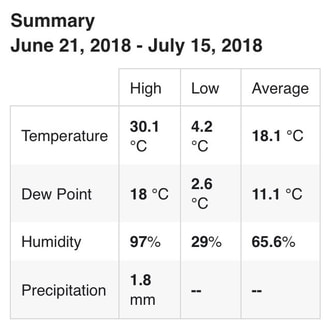
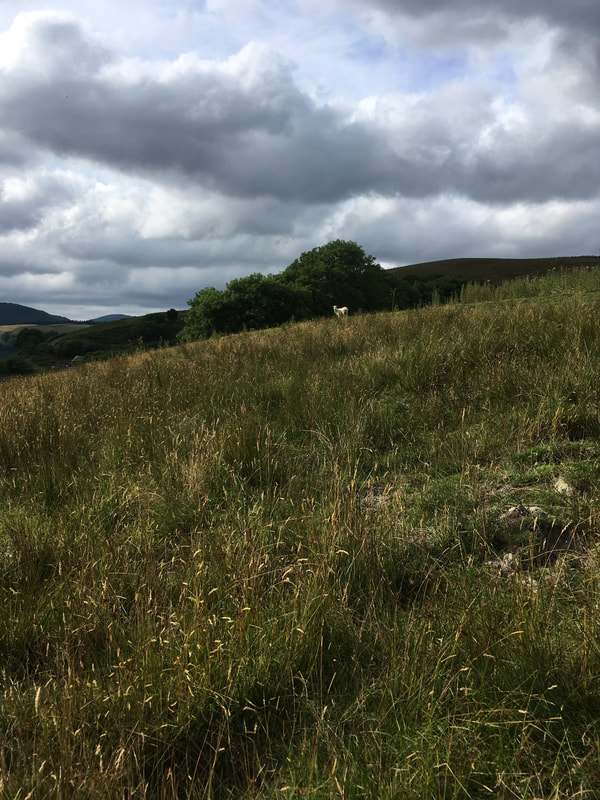
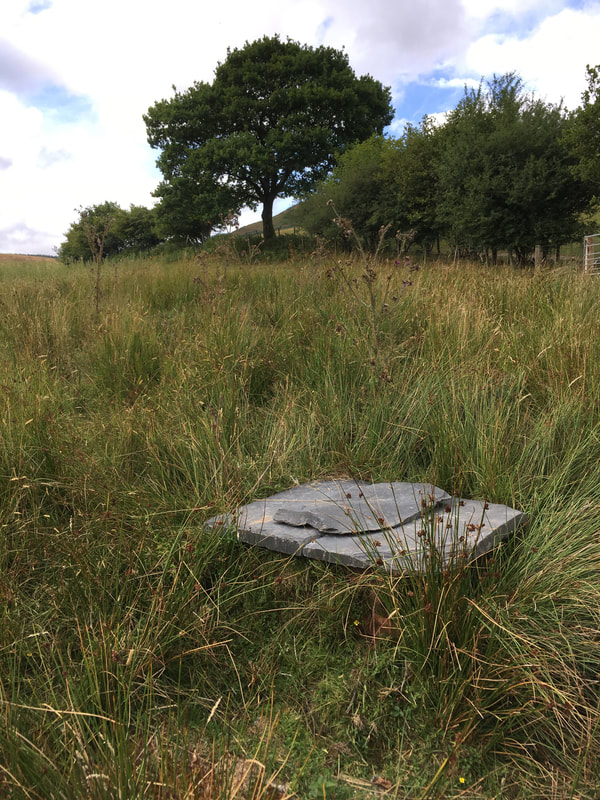
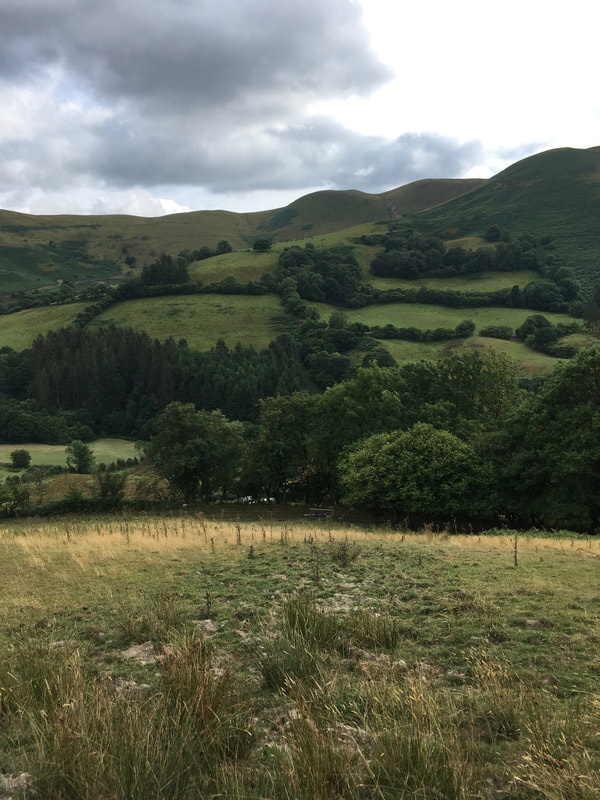
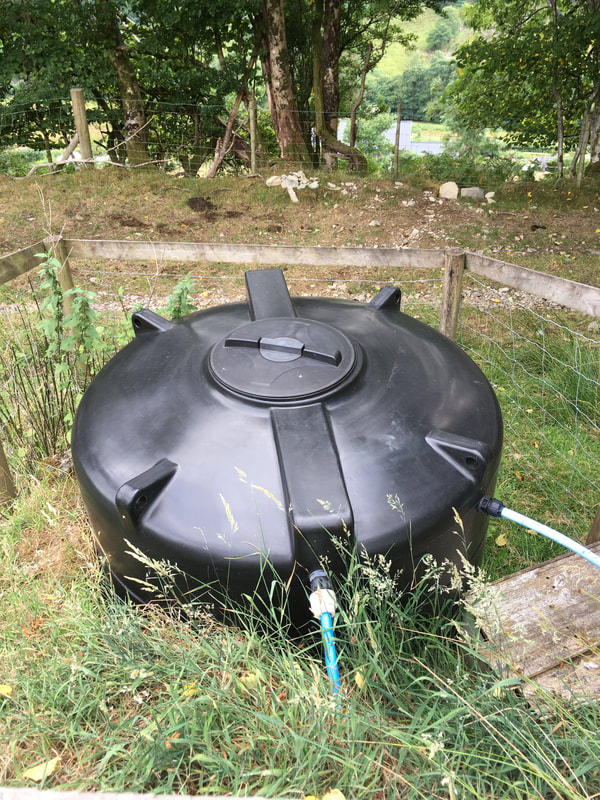
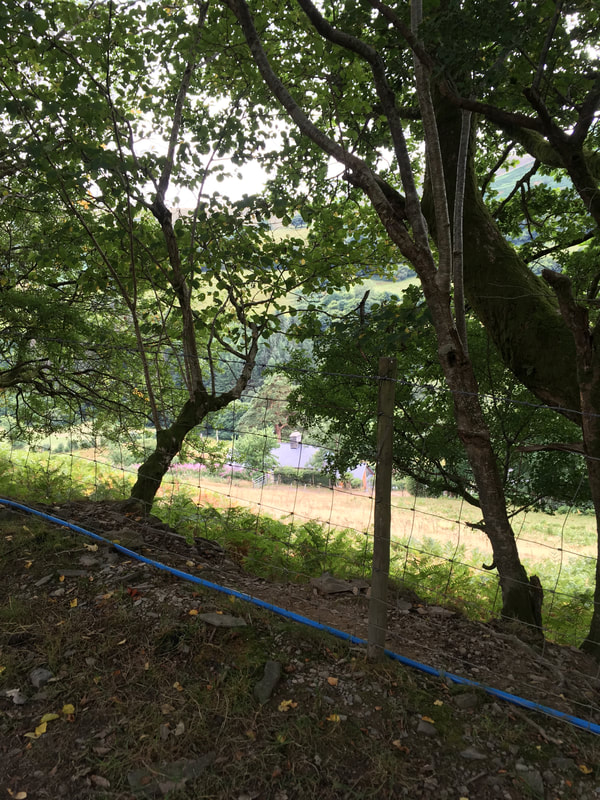
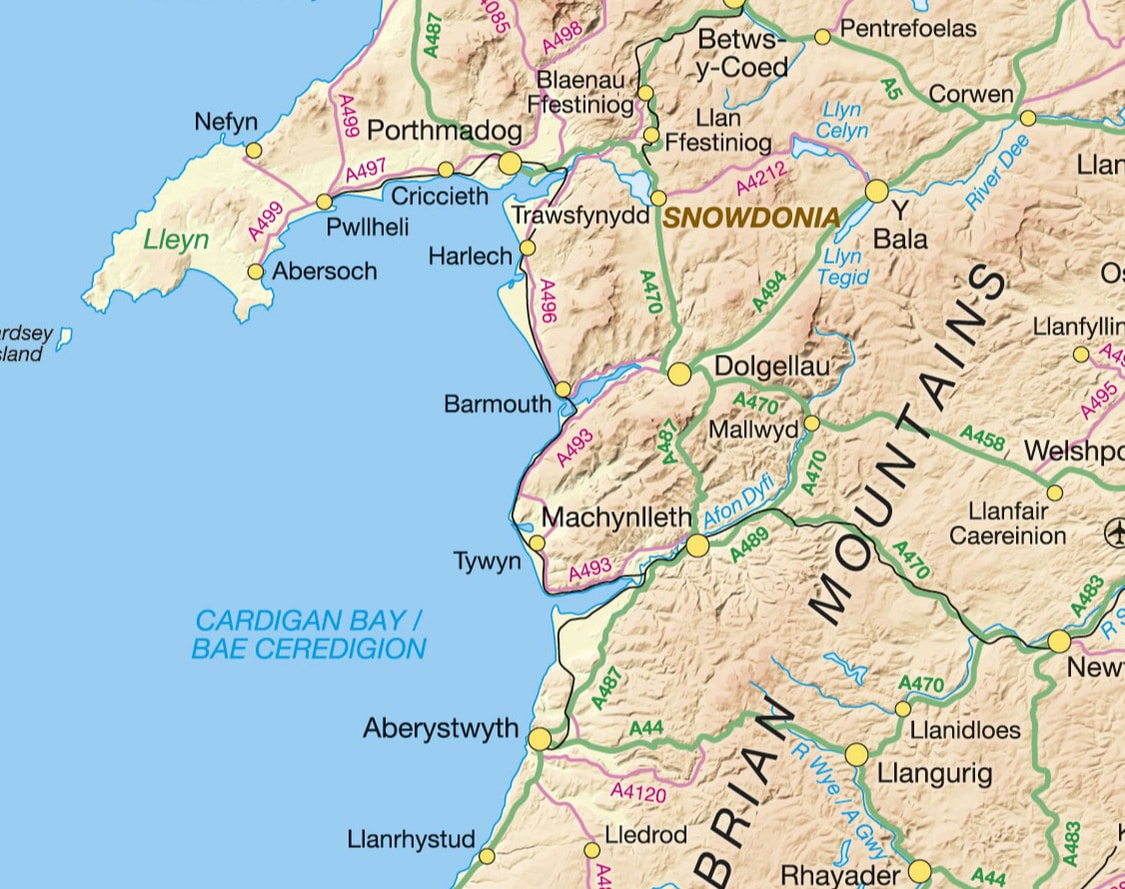
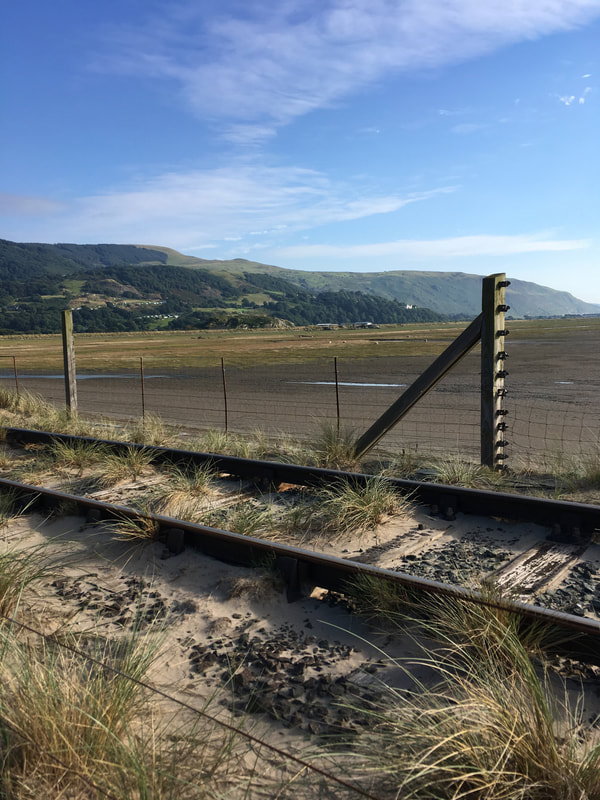
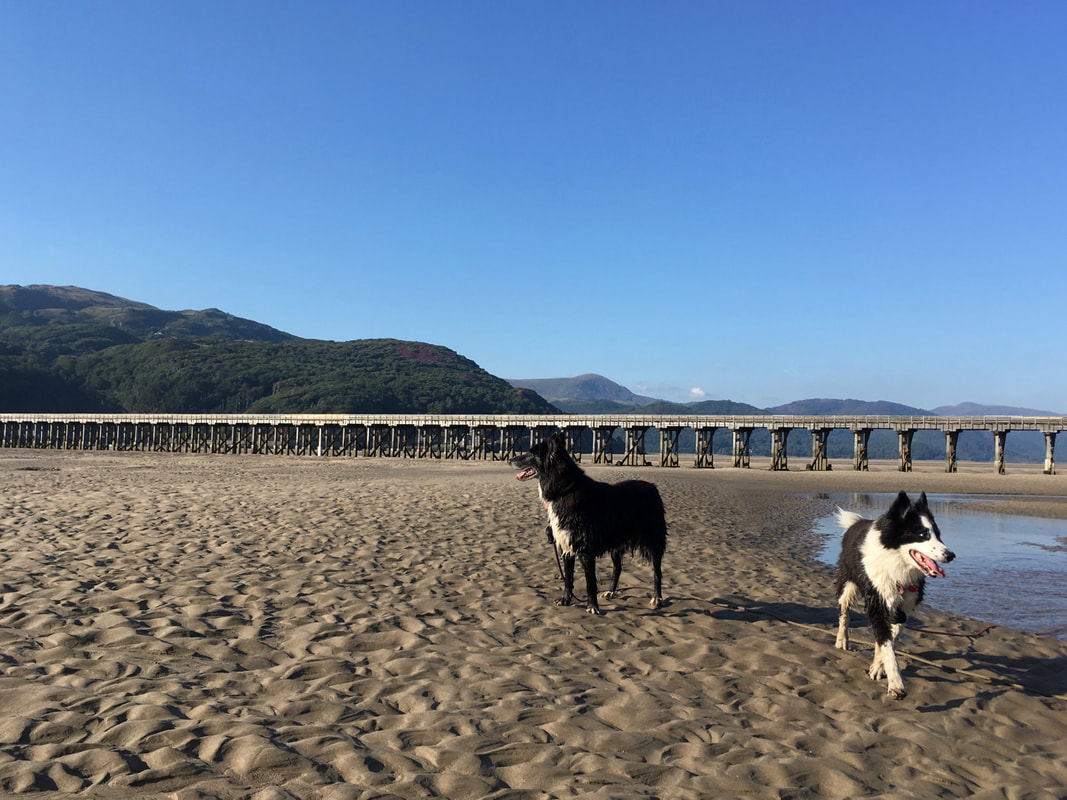
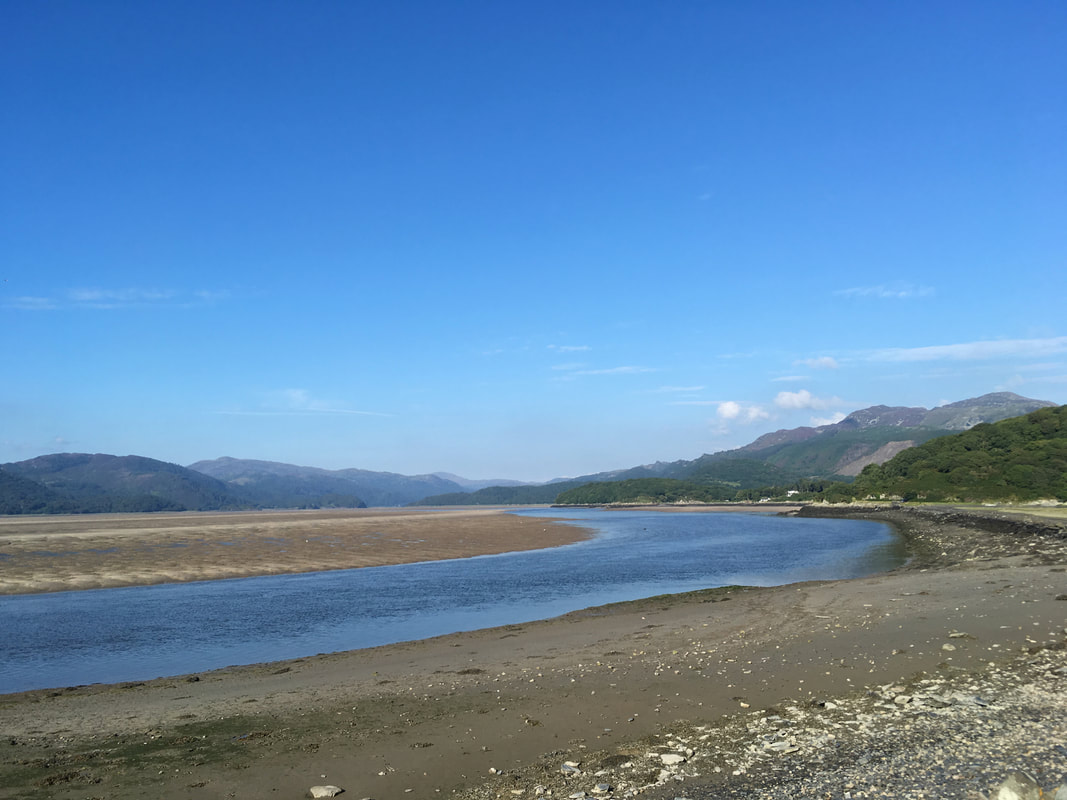
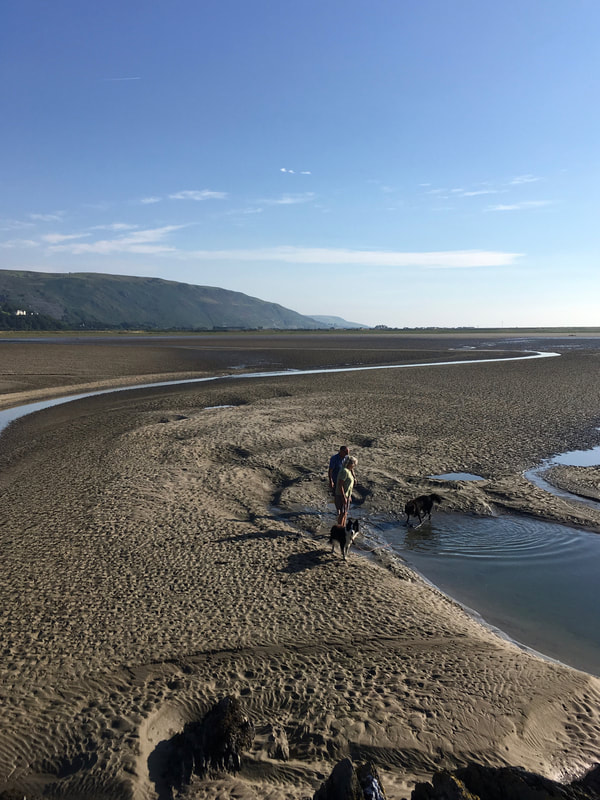
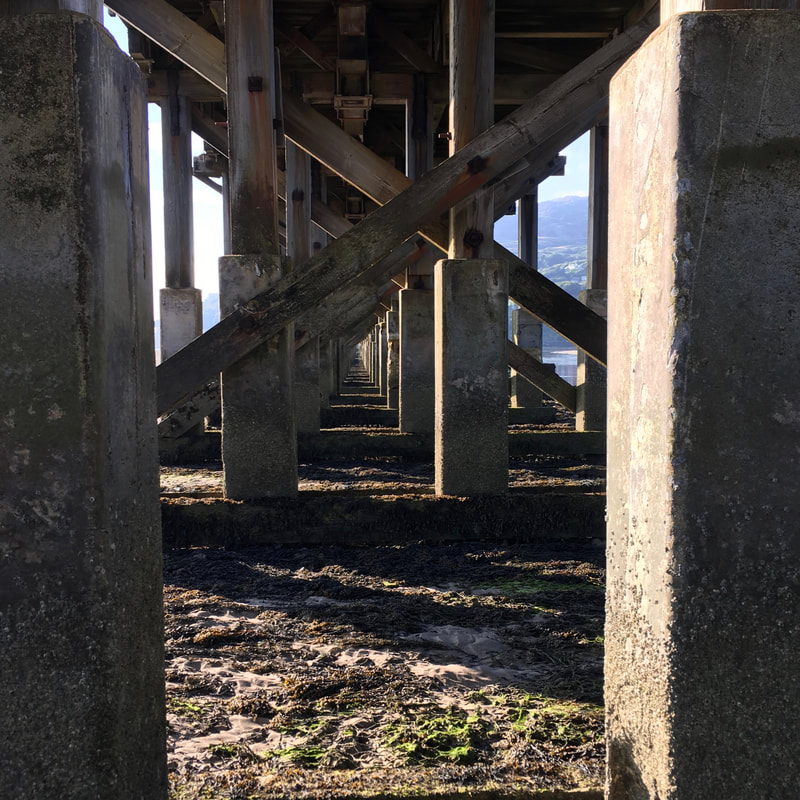
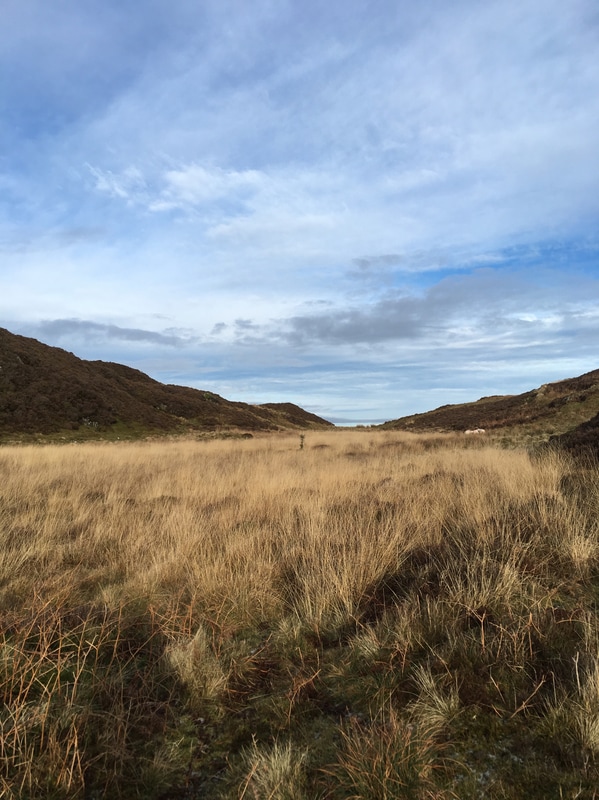
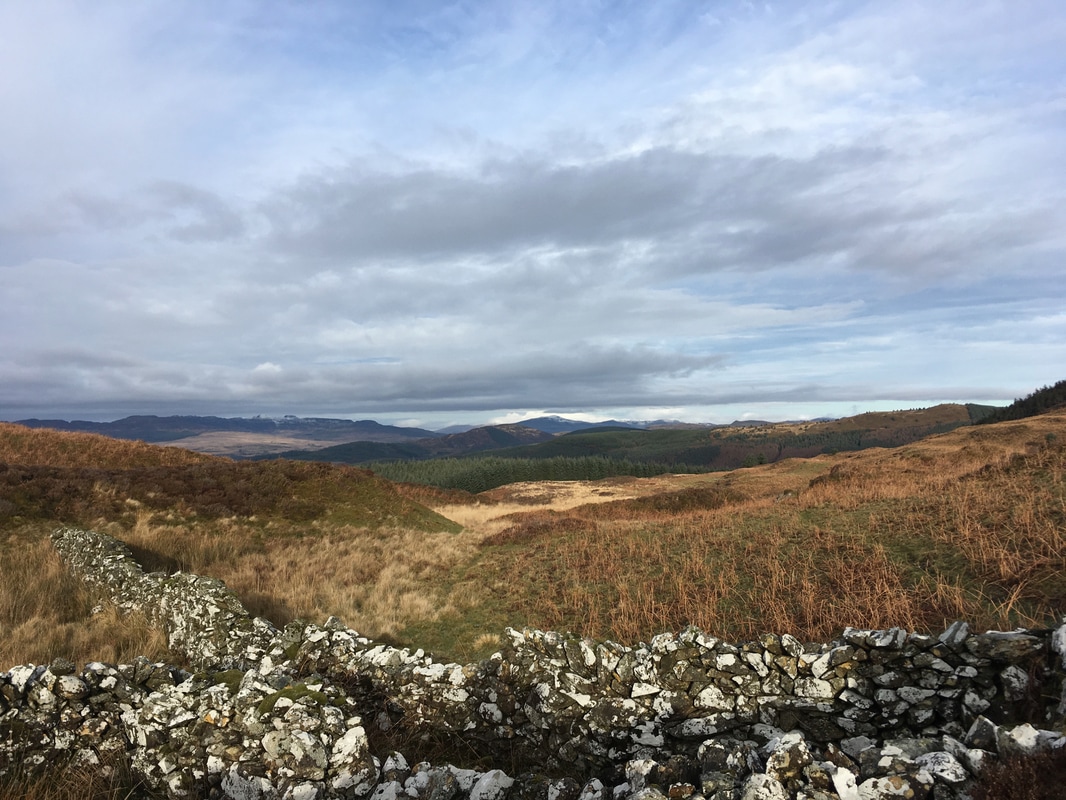
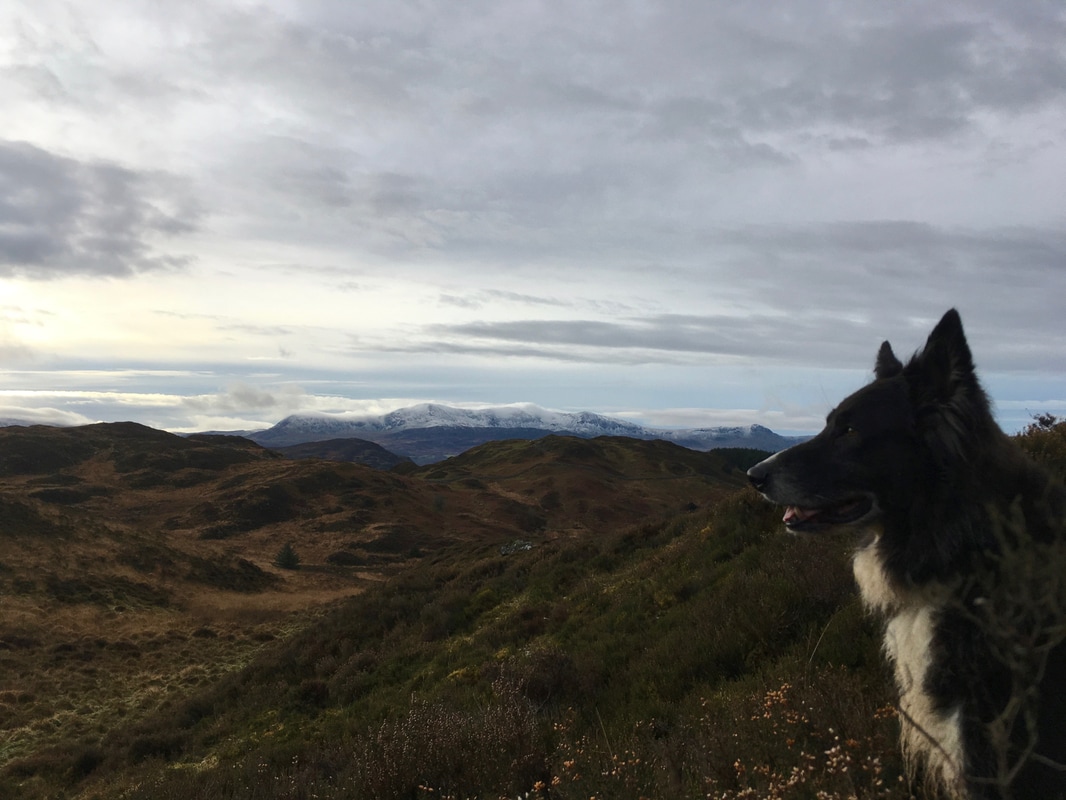
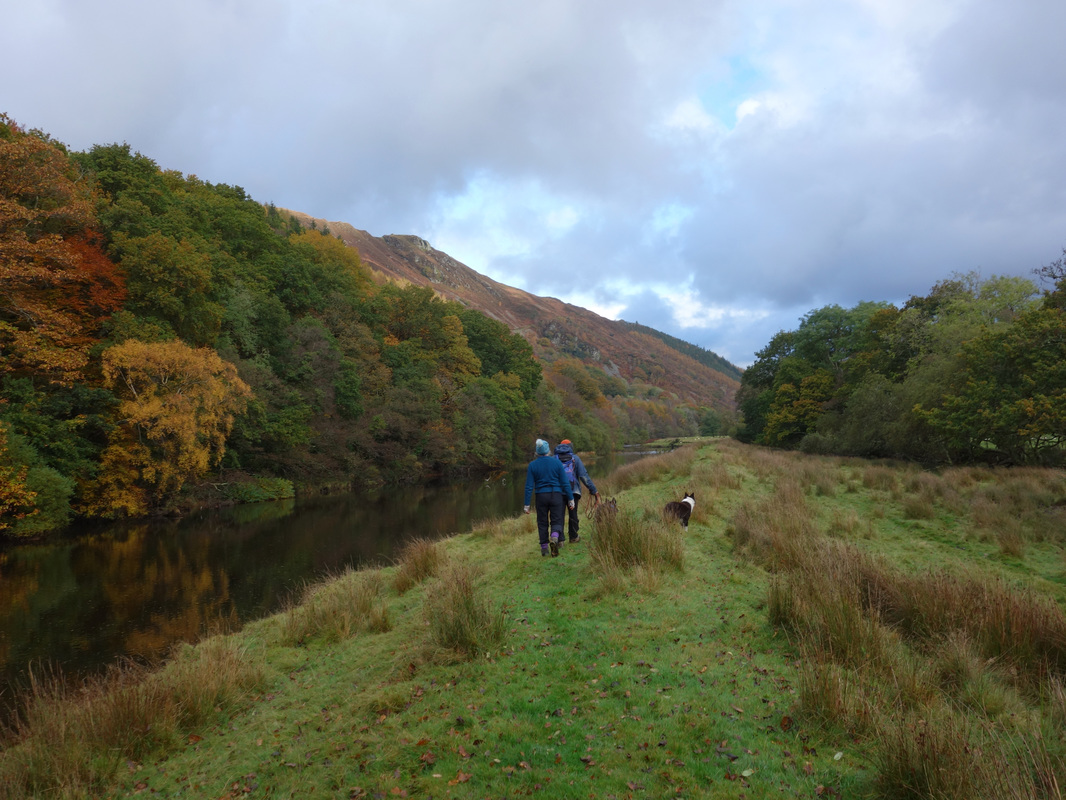
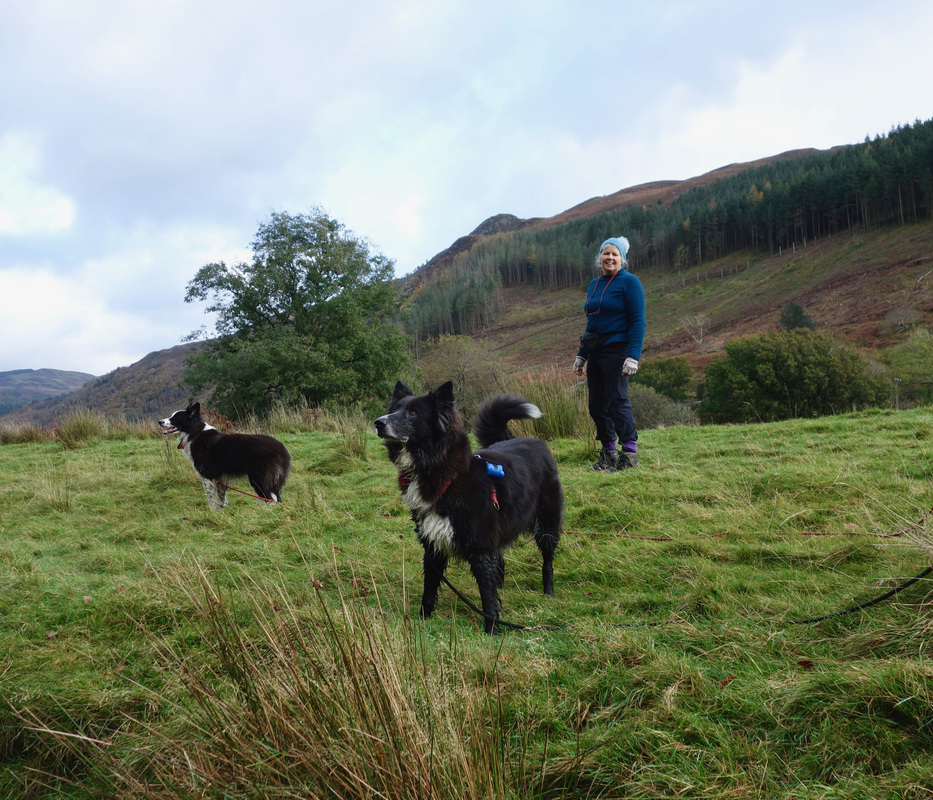
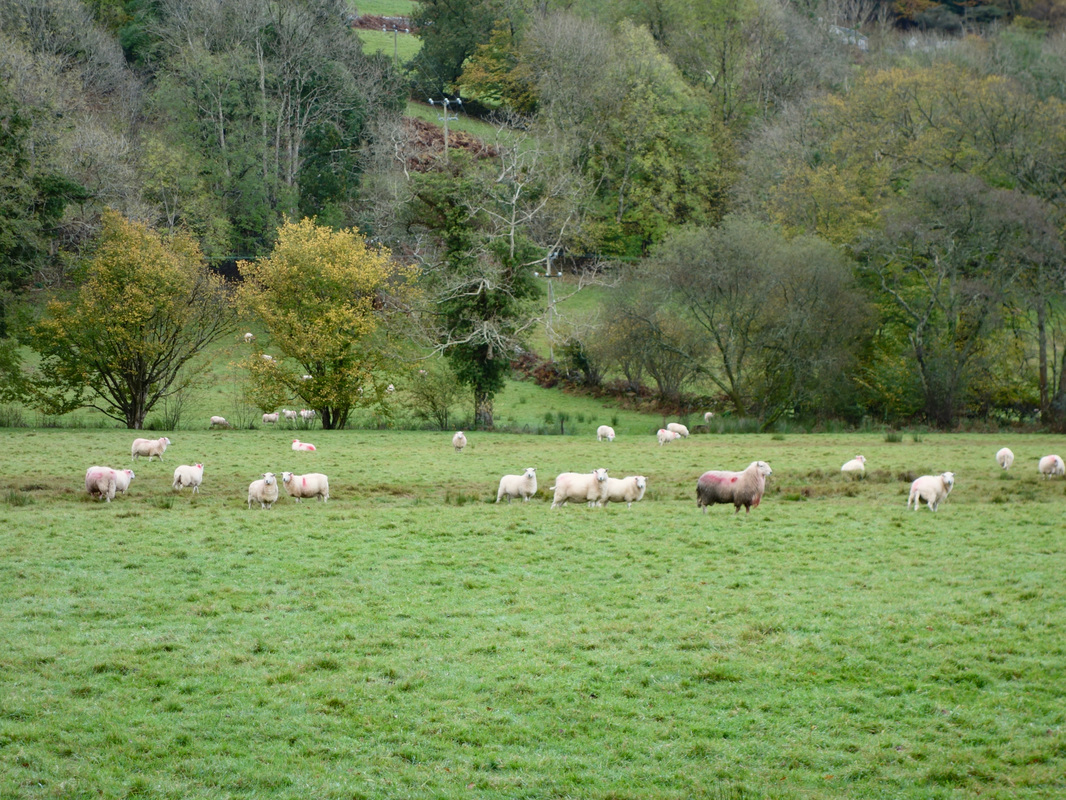
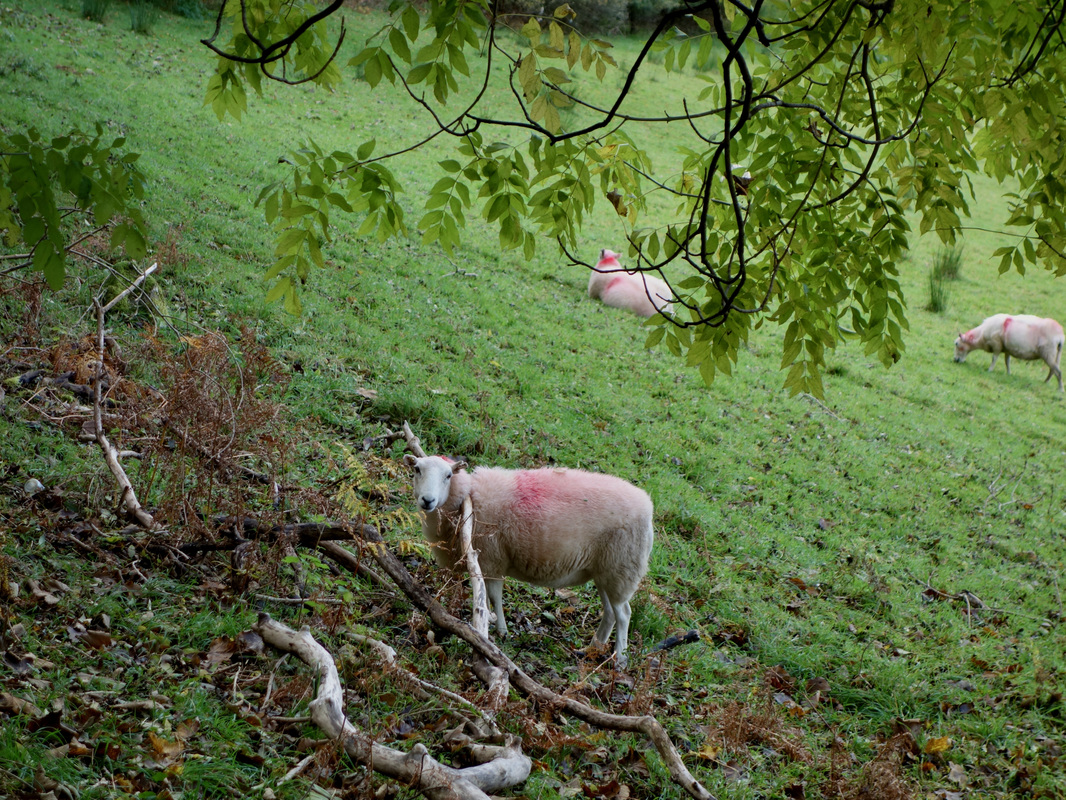
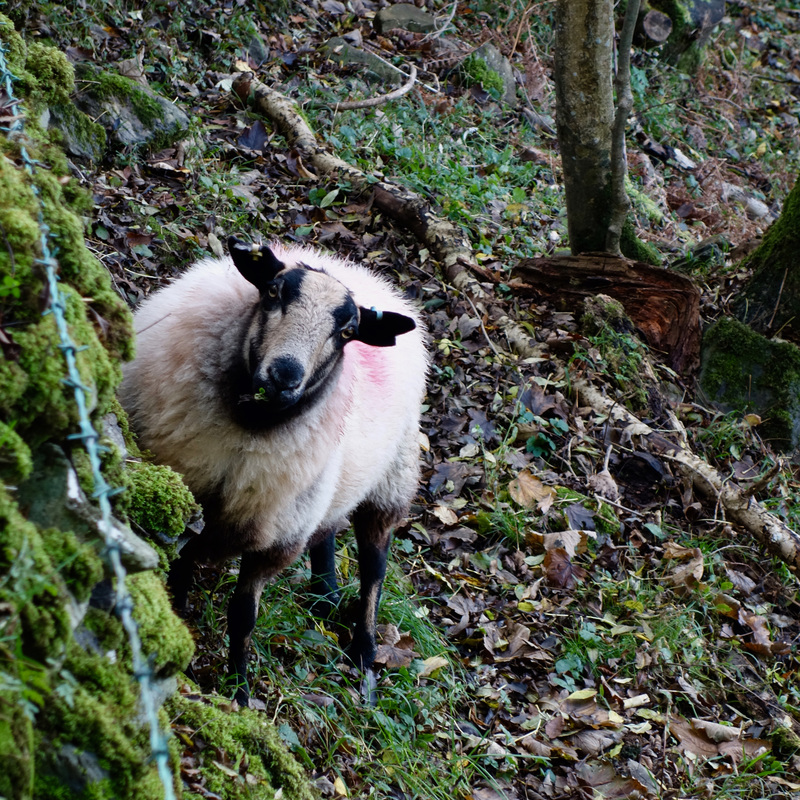
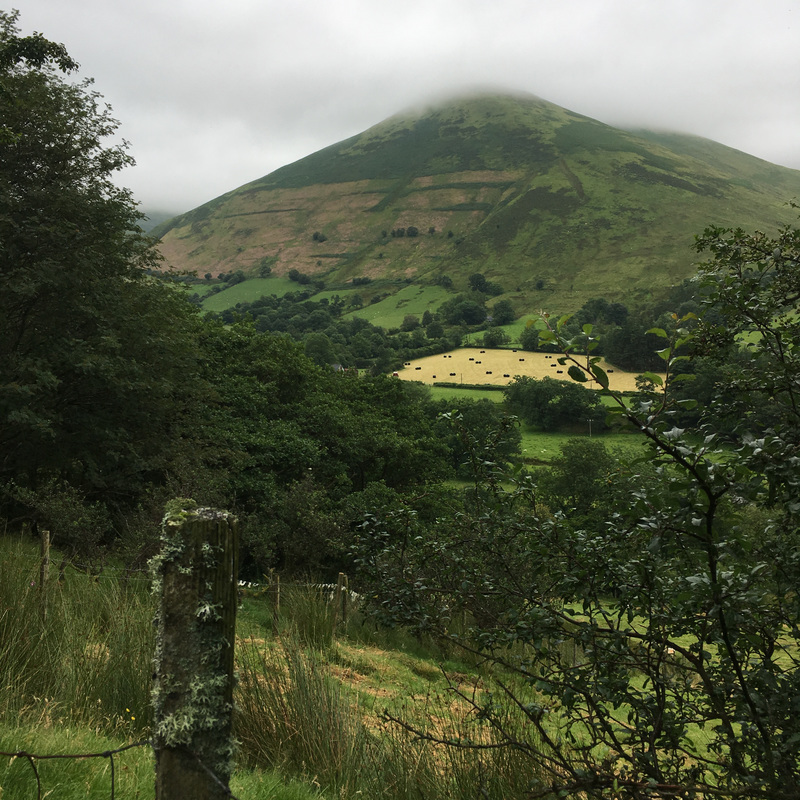
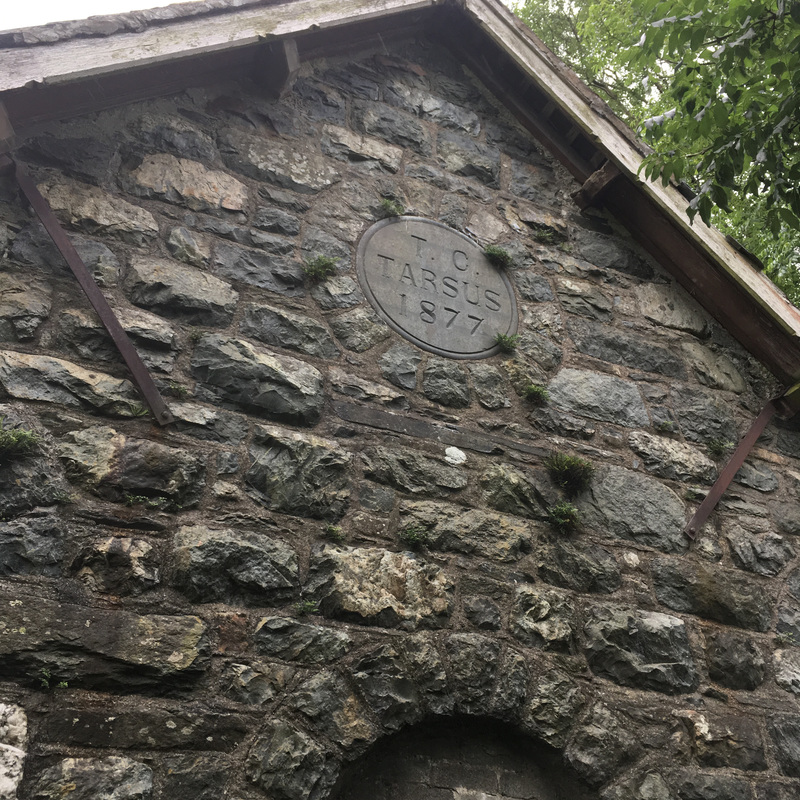
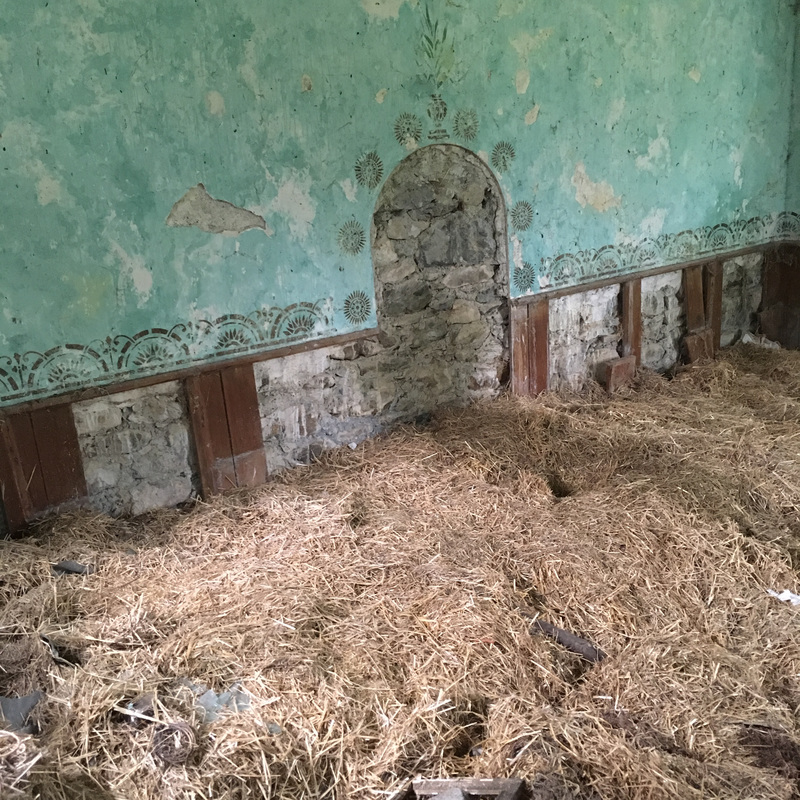
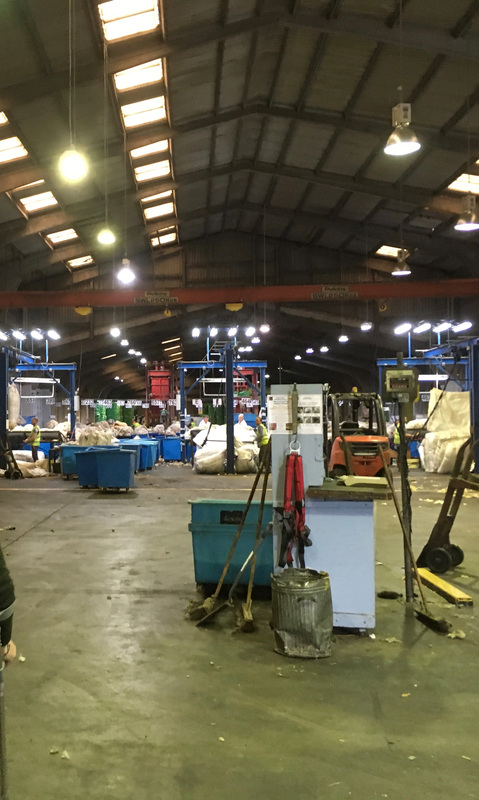
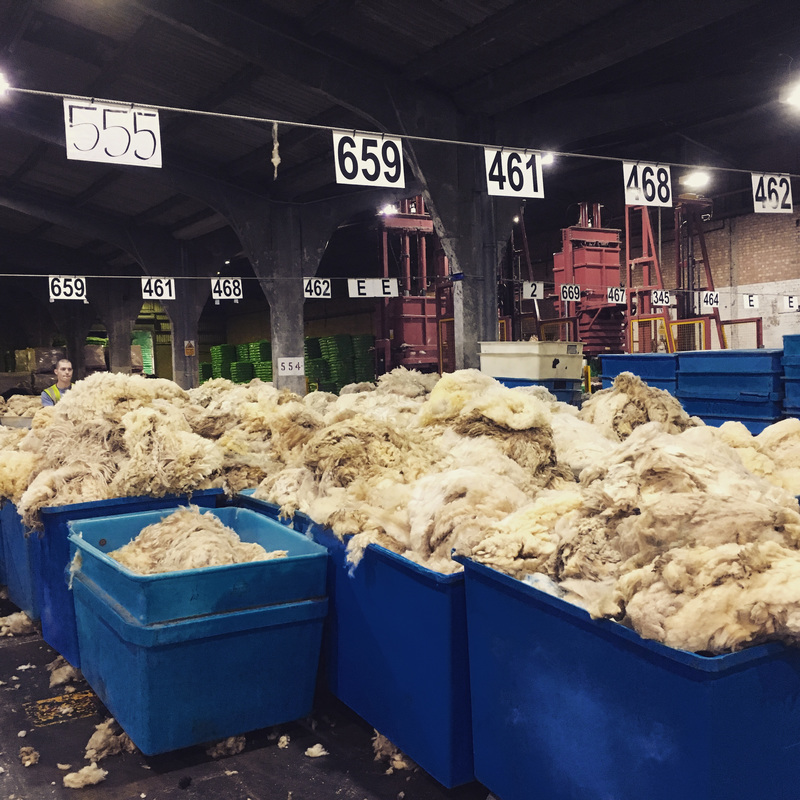
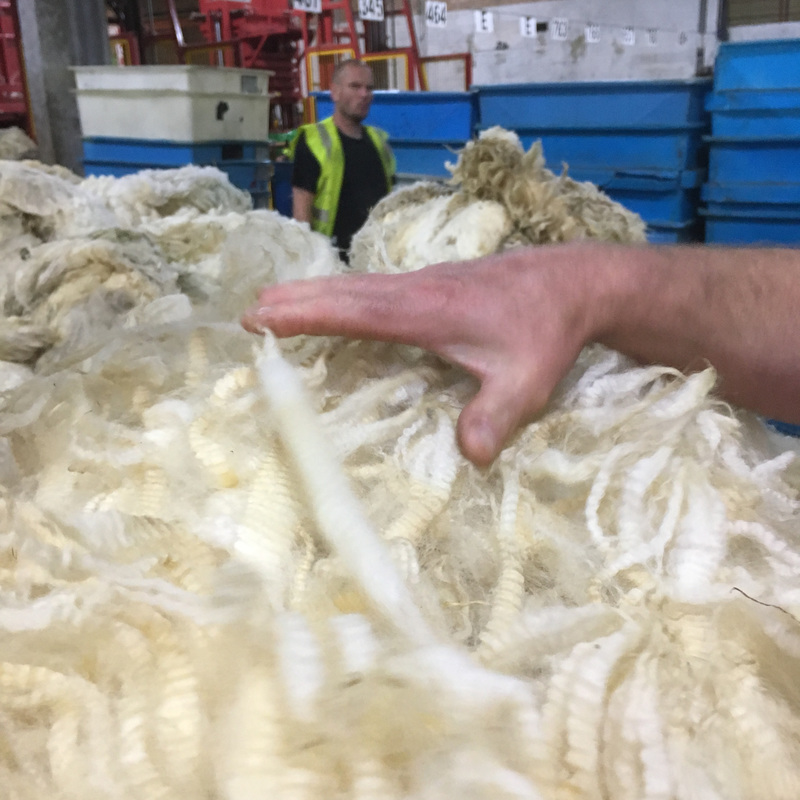
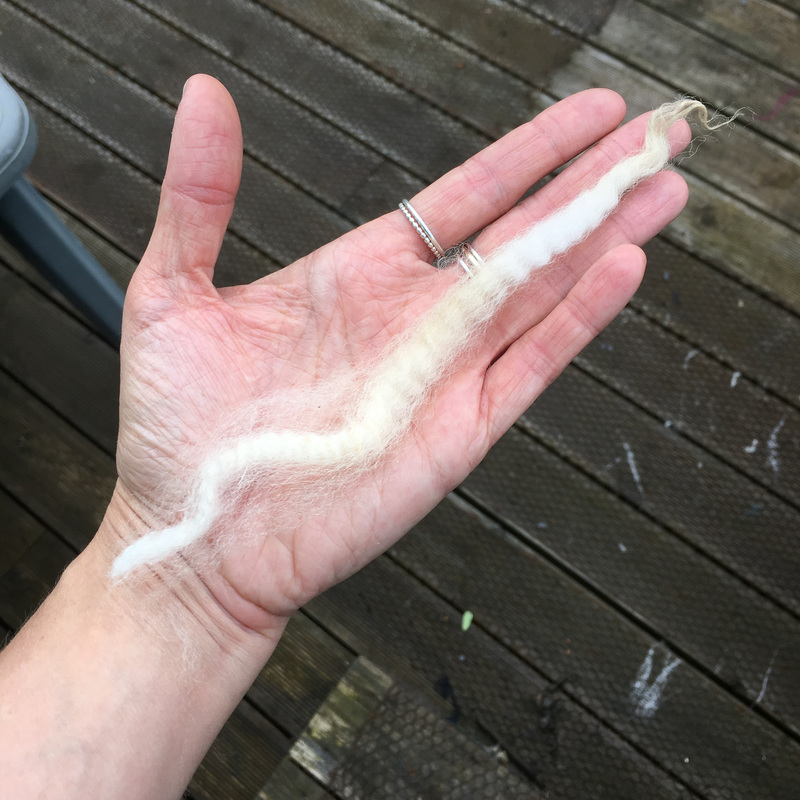
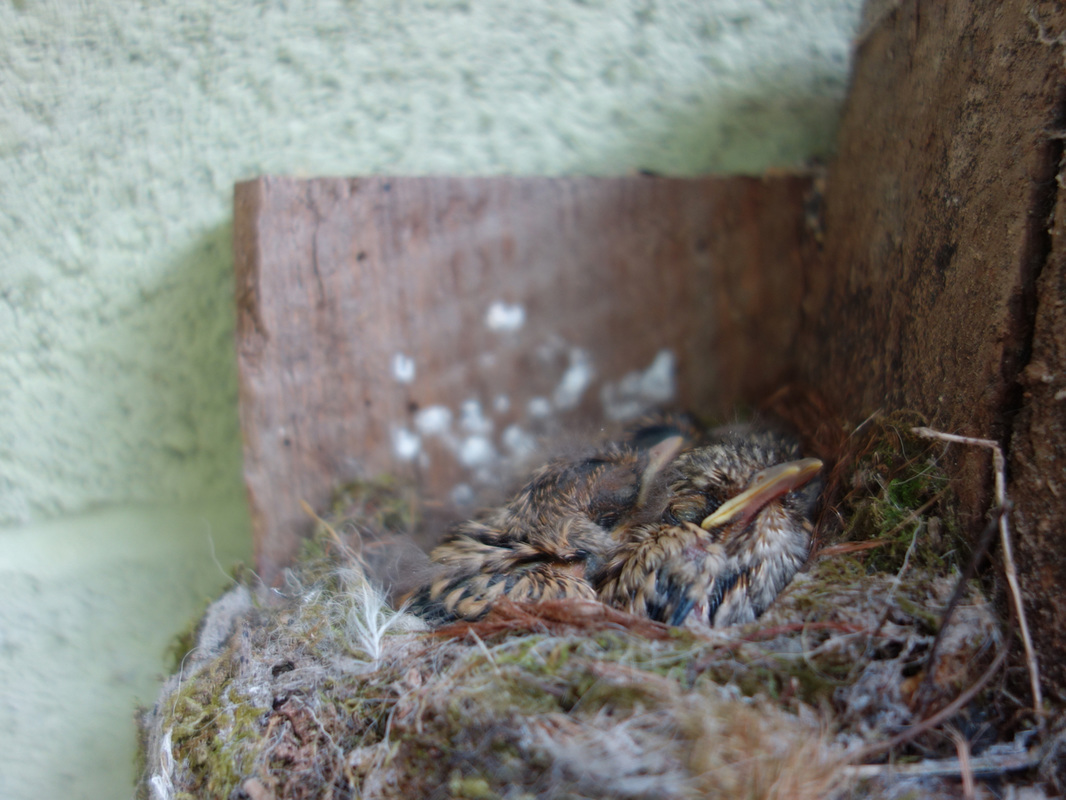
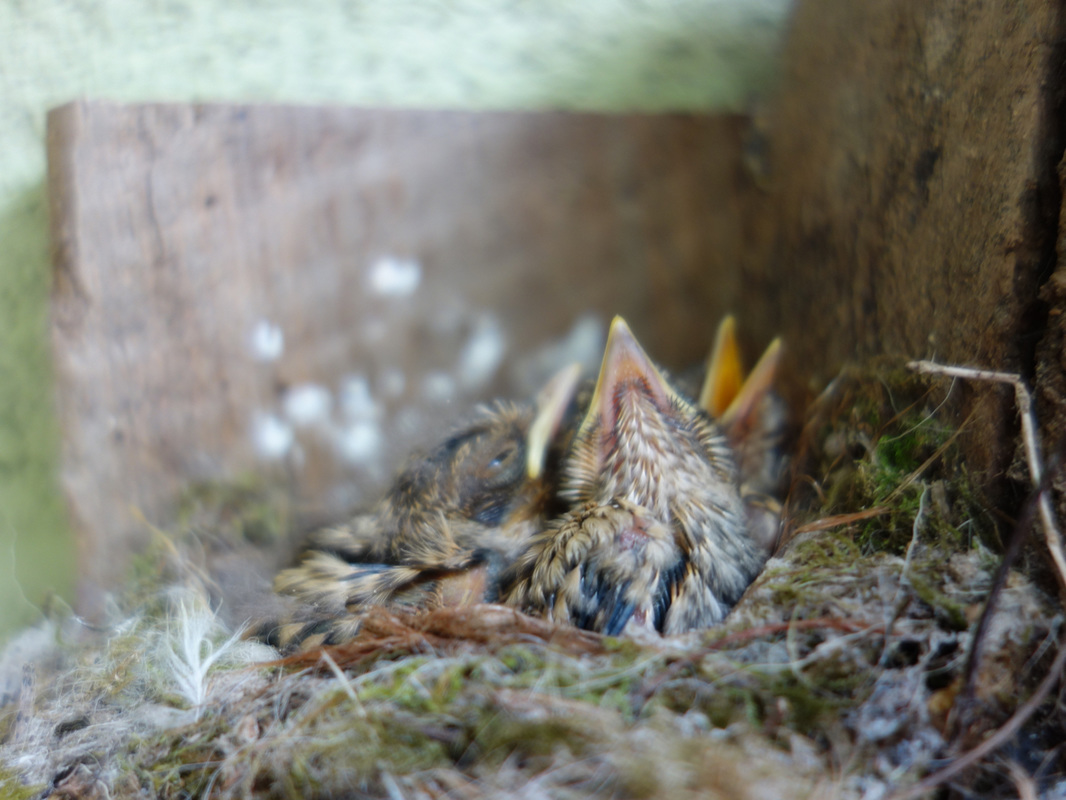
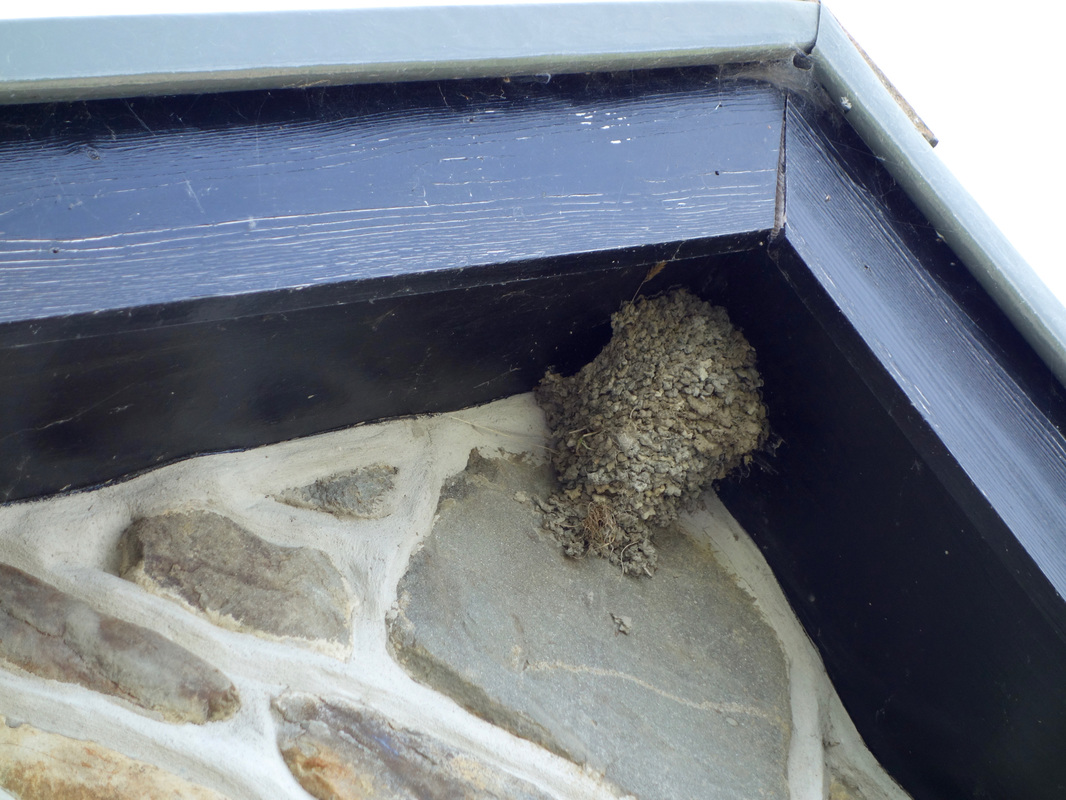
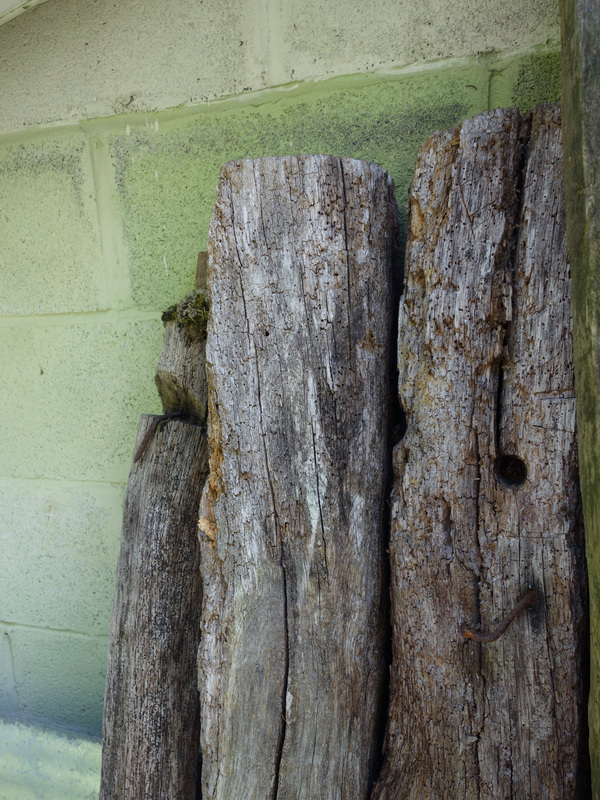
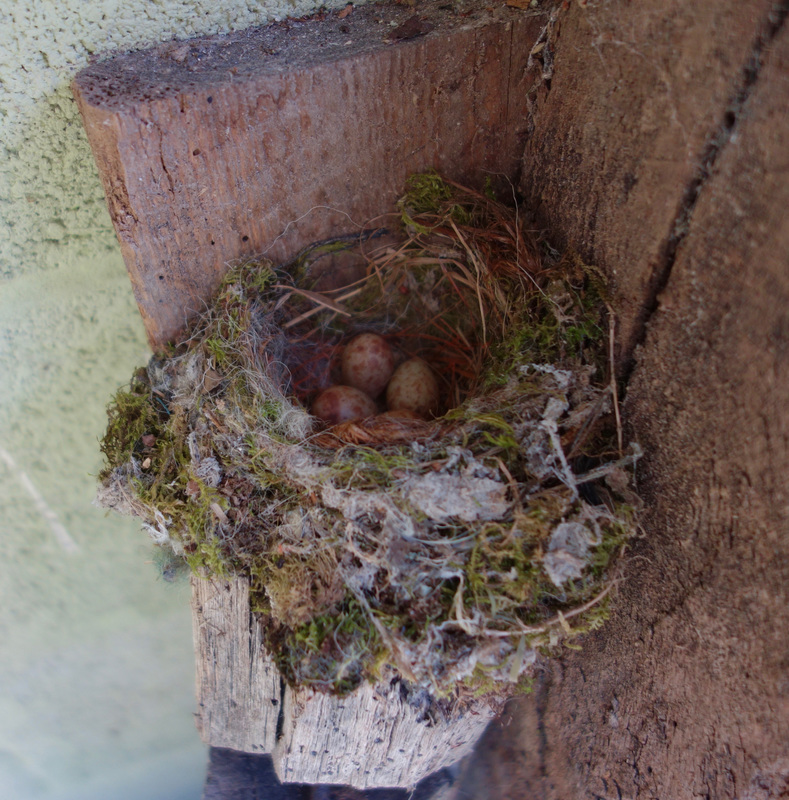
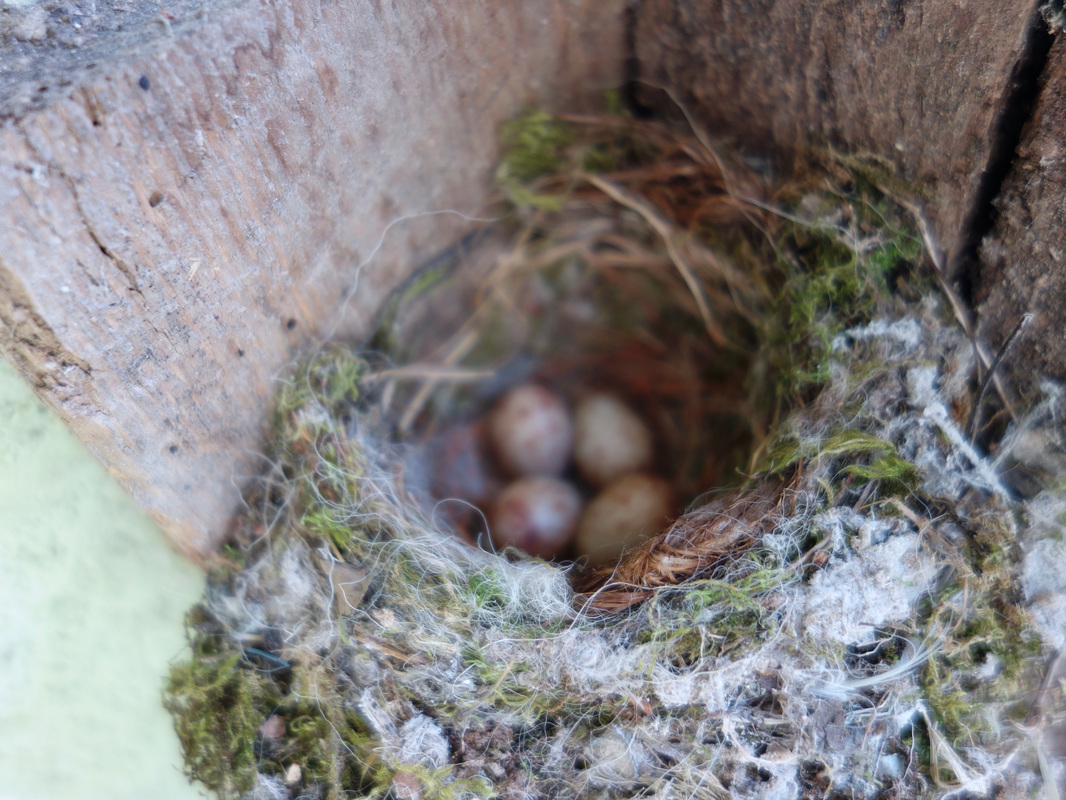
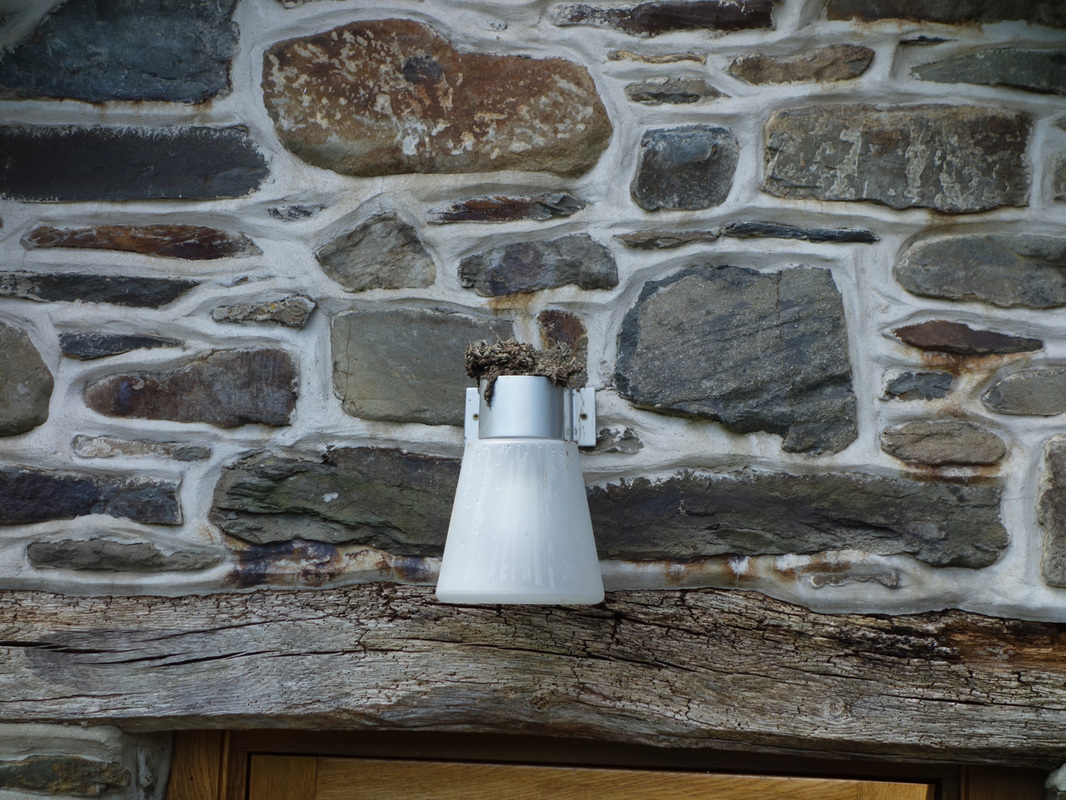
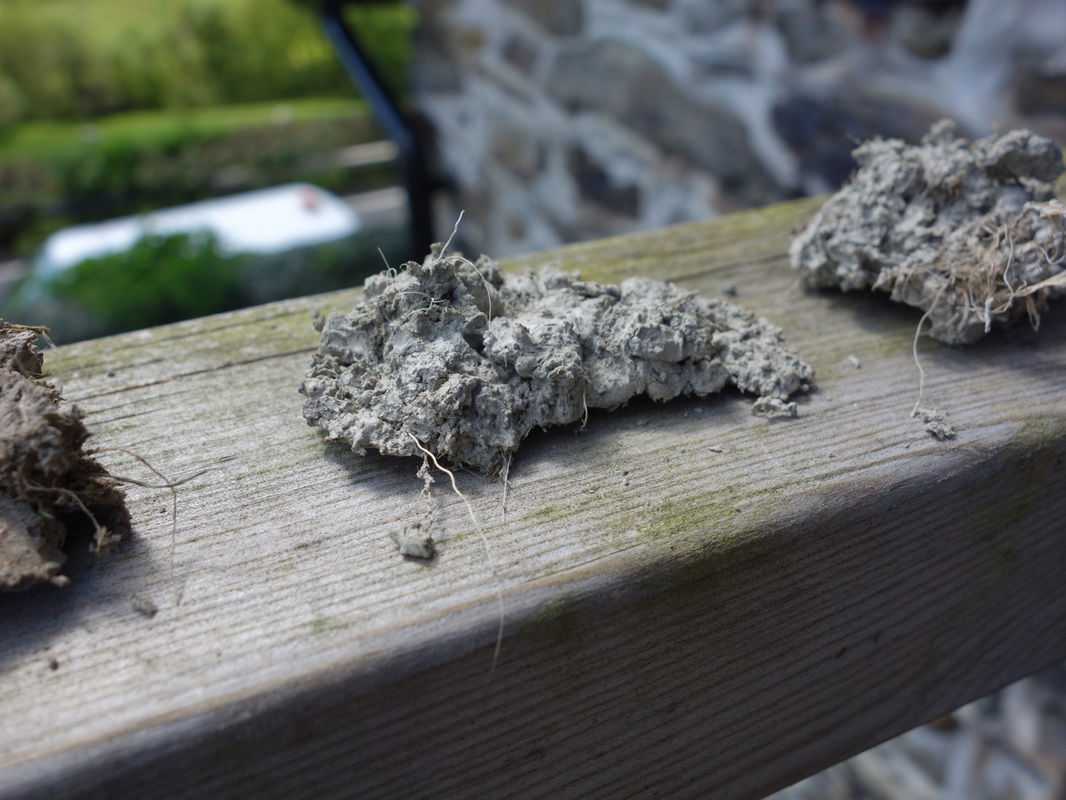

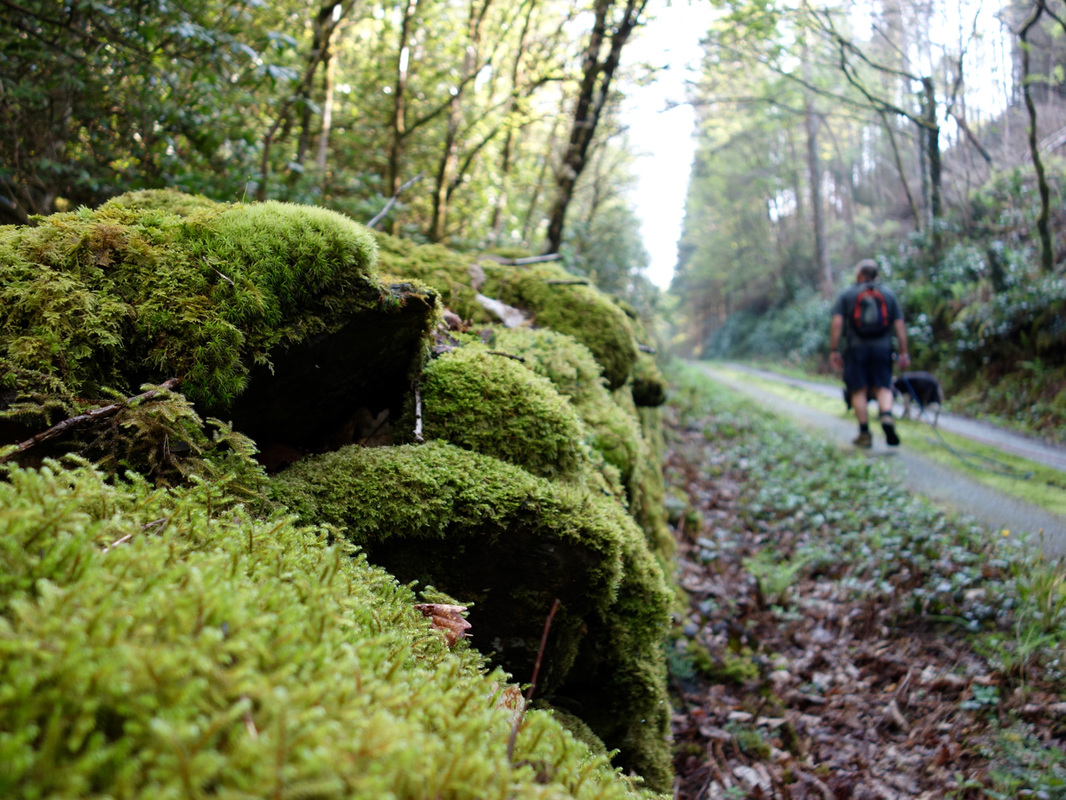
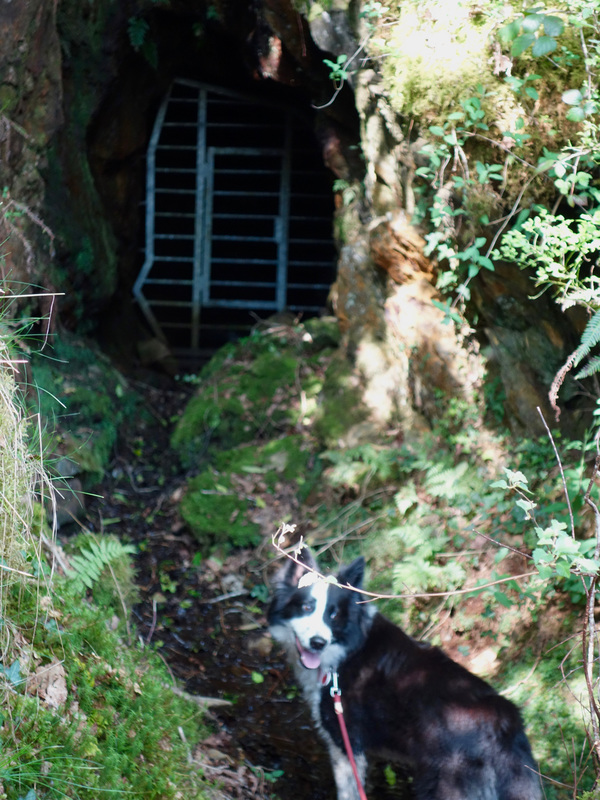
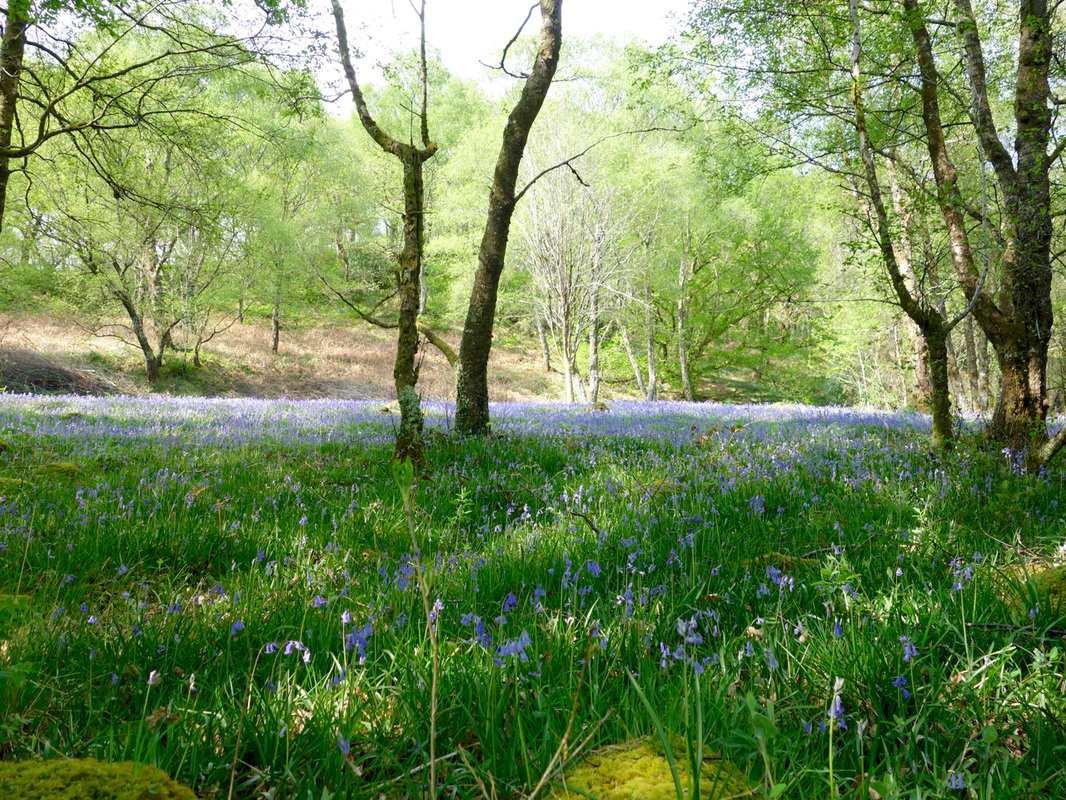
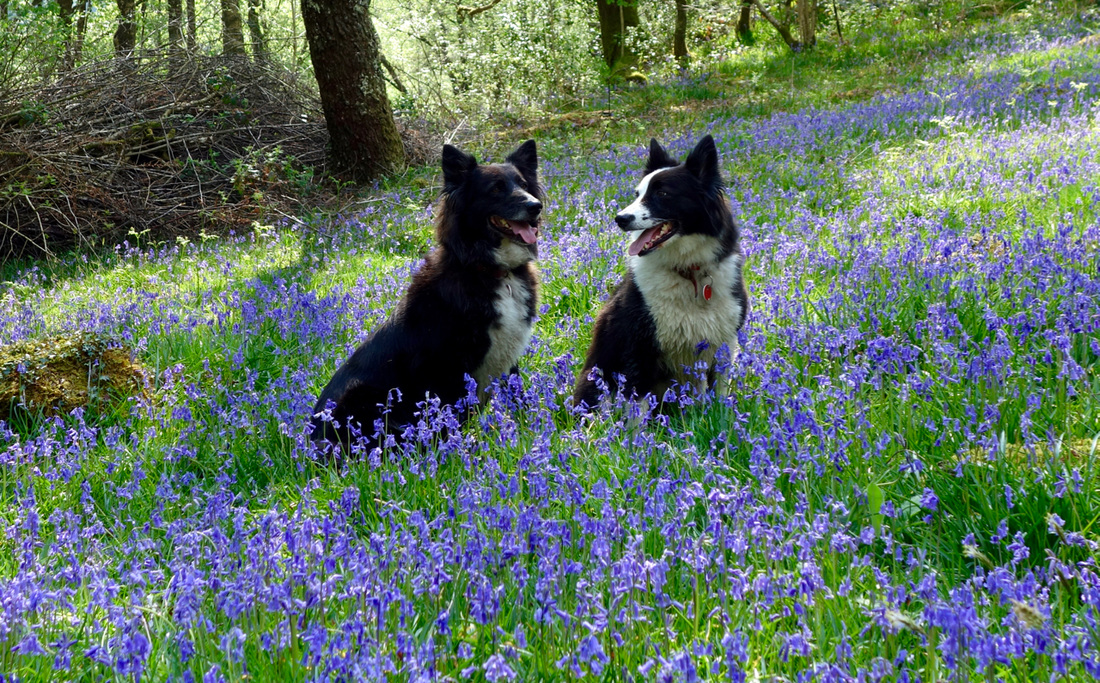
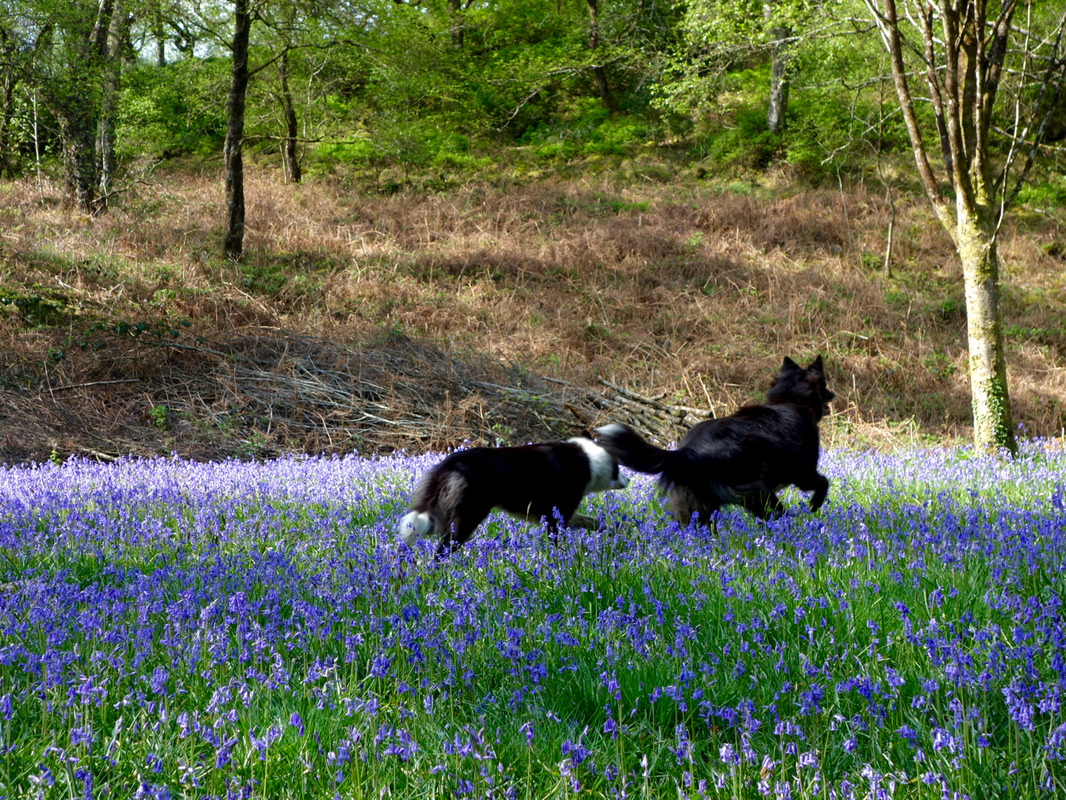
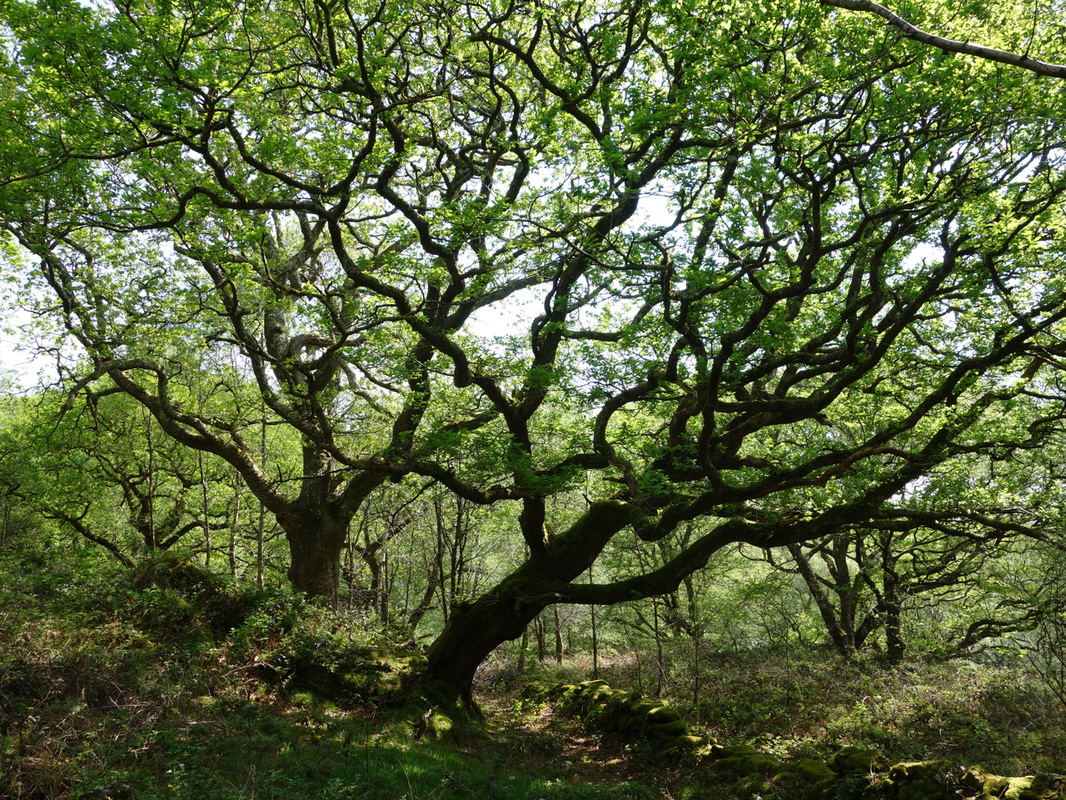
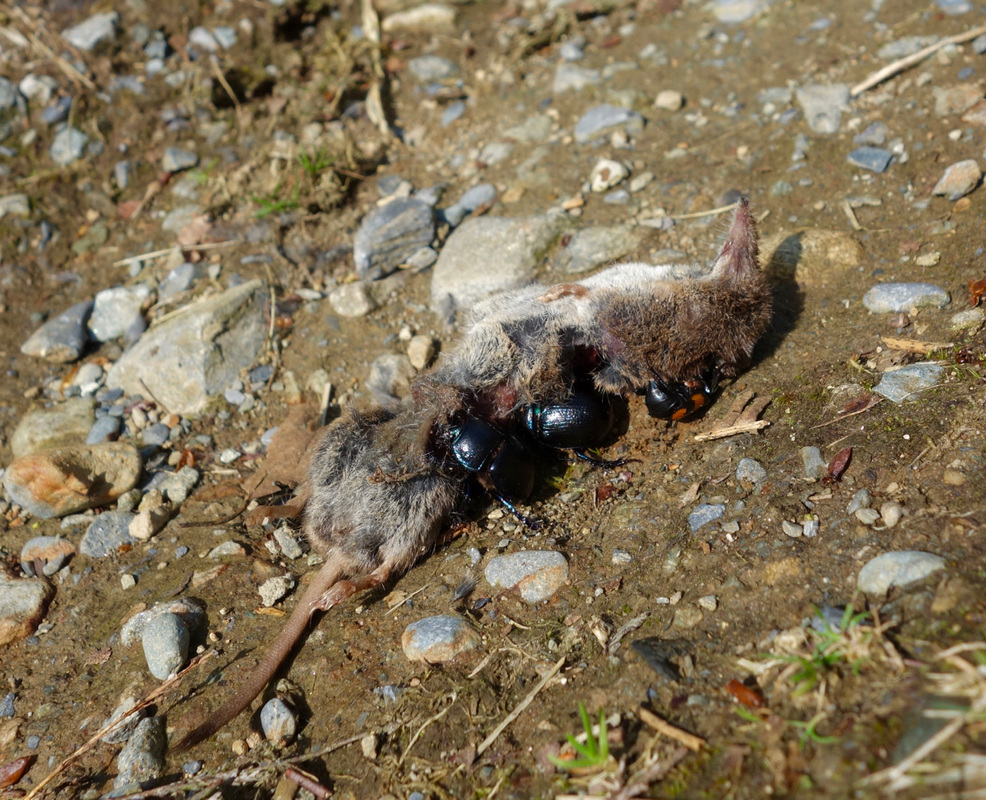
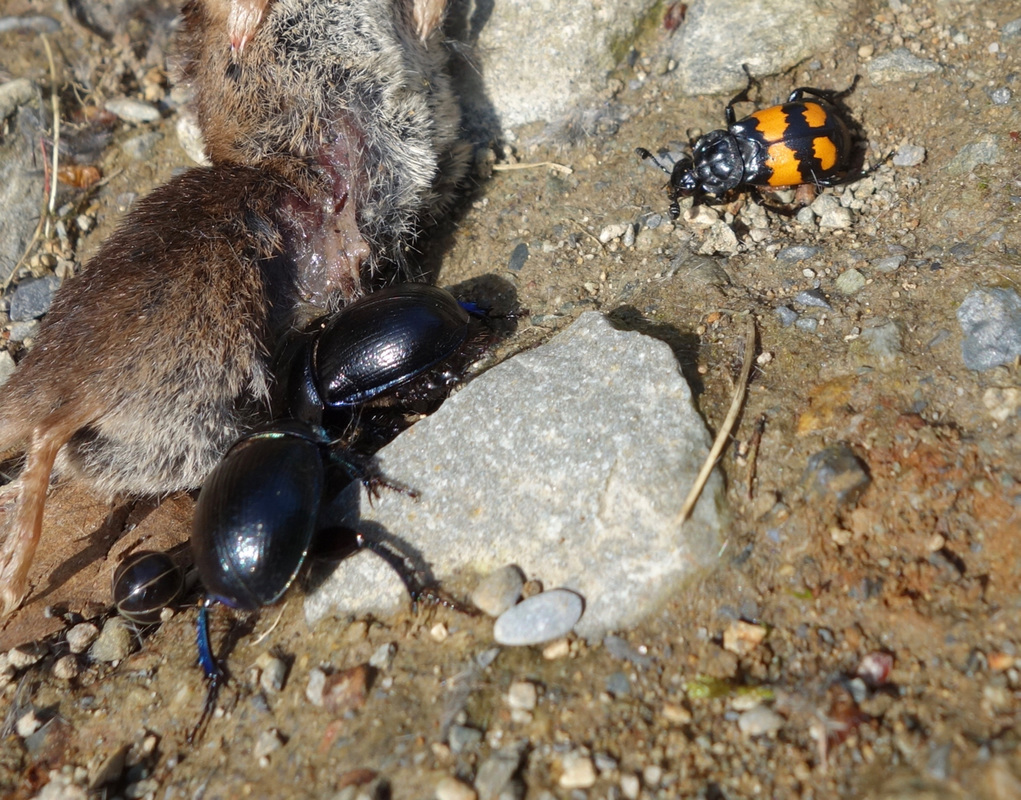
 RSS Feed
RSS Feed


